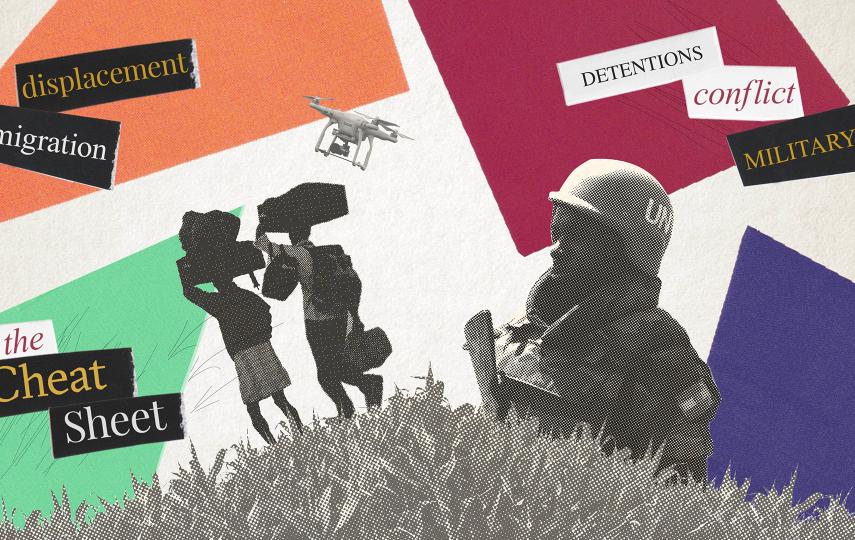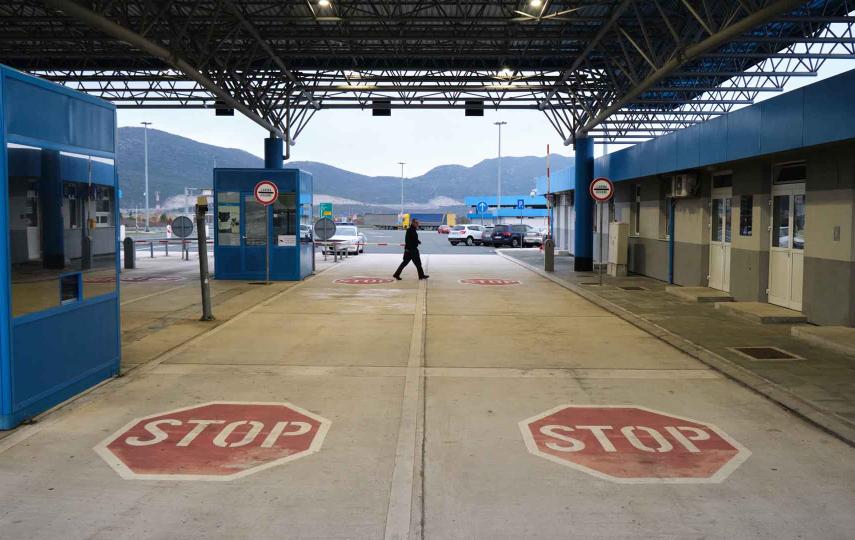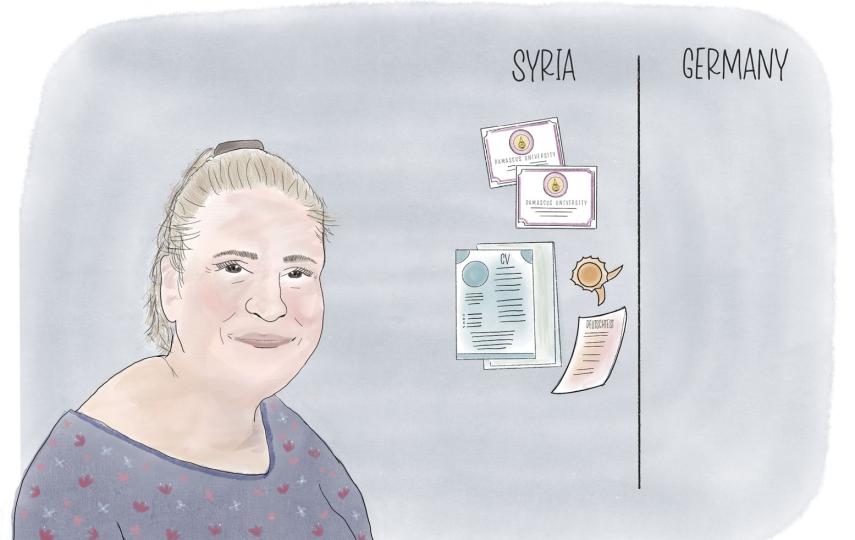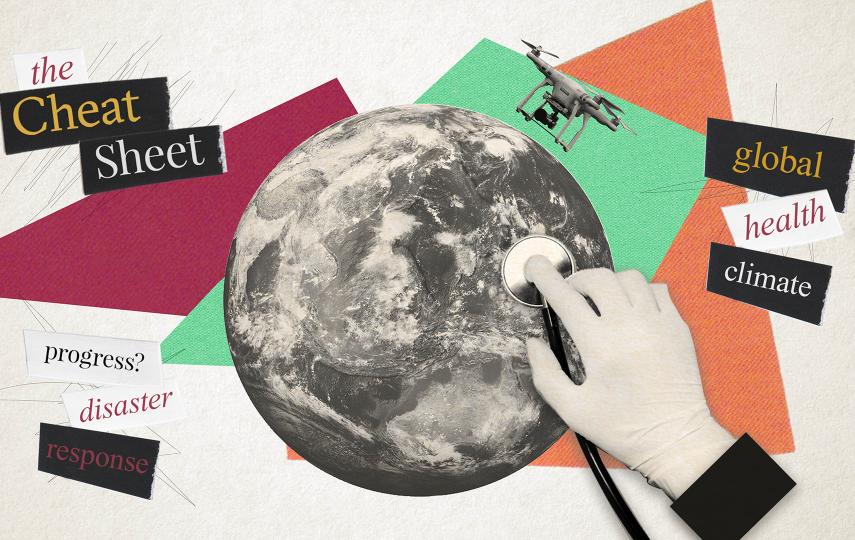NAIROBI, 2 November 2011 (IRIN) - More than 18 months since the earthquake struck Haiti in January 2010, women and girls living in makeshift camps remain vulnerable to sexual violence.
IRIN's latest film follows a survivor of rape, Shirley Christoff, as she attempts to rebuild her life in a rundown informal settlement in Port-au-Prince. Christoff, together with thousands of other women, lives in constant fear for her safety.
According to human rights organizations, continued lack of security is one of the main factors contributing to high levels of rape in and around the internal displacement camps. More than 250 cases of rape were reported in several camps in the first 150 days after the earthquake, according to Amnesty International.
Sexual violence and other forms of gender-based violence were widespread in Haiti even before the earthquake. In the 1990s, Human Rights Watch (HRW) documented the use of rape as a form of oppression during the regime of Raoul Cédras. From 2004 to 2006, the UN Security Council estimated that 35,000 women and girls were subjected to rape and sexual violence.
"After you have been raped, you have nowhere to go, you have to return to the camp and face the person who raped you," says Christoff. As police stations and courts were reduced to rubble during the earthquake, the few protection mechanisms that did exist were destroyed.
According to Amnesty and HRW, the post-earthquake humanitarian and government response to gender-based violence has been wholly inadequate. While effort was being invested to ensure basic needs were met, little to no attention has been paid to the rights of women and girls to be protected from sexual violence. Survivors of sexual violence have taken matters into their own hands, with two grassroots organizations providing support to thousands of women. The first emergency response system dedicated to sexual violence was set up in October and a call centre has already recorded 400 cases of rape.
This film is the 10th in a series of films about displacement, Forced to Flee. Others in the series include Bolivia’s Changing Climate, Israel’s African Migrants and Haiti’s Homeless Hotel.
This article was produced by IRIN News while it was part of the United Nations Office for the Coordination of Humanitarian Affairs. Please send queries on copyright or liability to the UN. For more information: https://shop.un.org/rights-permissions



